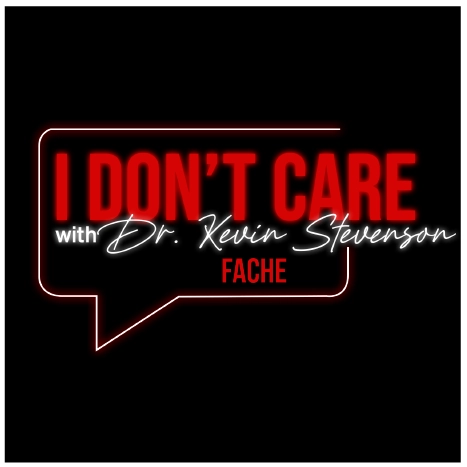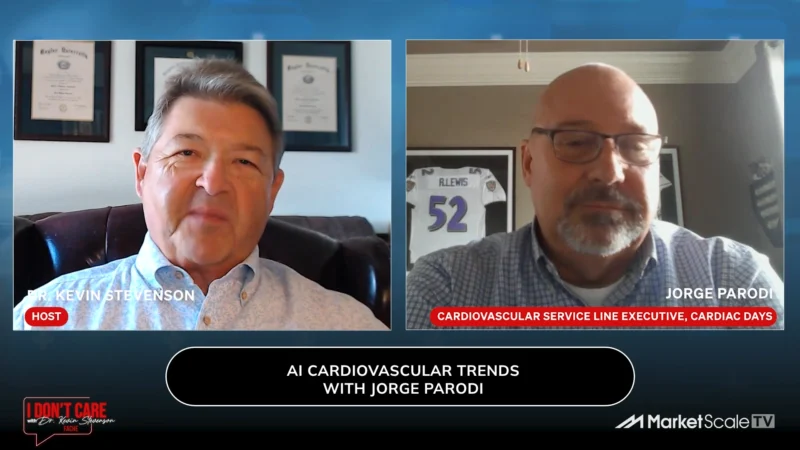From Missed Diagnoses to Life-Saving Alerts: How AI is Helping Doctors Detect Structural Heart Disease Before It Turns Deadly
Artificial intelligence is rapidly transforming healthcare diagnostics, with some of the most promising breakthroughs happening in cardiology. Structural heart disease affects millions and frequently goes undiagnosed in its early stages, leaving patients vulnerable to serious complications. One such condition, severe aortic stenosis, often remains unnoticed until it becomes life-threatening—carrying a two-year mortality rate worse than many cancers if left untreated. As AI tools become more accurate and accessible, they offer a vital opportunity to detect these conditions earlier and improve outcomes across the board.
So, can AI actually help cardiologists catch what they might otherwise miss—and what does that mean for the future of diagnostic care?
On this episode of I Don’t Care, host Dr. Kevin Stevenson sits down with Don Fowler, President of Echo IQ USA, to explore how Echo IQ is using AI-driven decision support to aid cardiologists in identifying structural heart diseases like aortic stenosis. They discuss how the tool works, why AI won’t replace doctors, and how it could level the playing field between rural clinics and top-tier academic centers.
Key highlights from the conversation…
- AI as an assistant, not a replacement: Fowler emphasizes that Echo IQ’s AI tool doesn’t replace physicians—it enhances their diagnostic capabilities, particularly for hard-to-spot cases like low-flow, low-gradient aortic stenosis.
- Equity in diagnosis: The technology helps address diagnostic disparities, particularly for women and rural populations, by providing consistent, phenotype-based analysis drawn from the world’s largest echocardiographic dataset tied to mortality.
- Workflow integration is key: For AI to be adopted widely, it must fit seamlessly into existing clinical workflows. Echo IQ is designed to run within a cardiologist’s normal environment, minimizing friction and improving efficiency.




